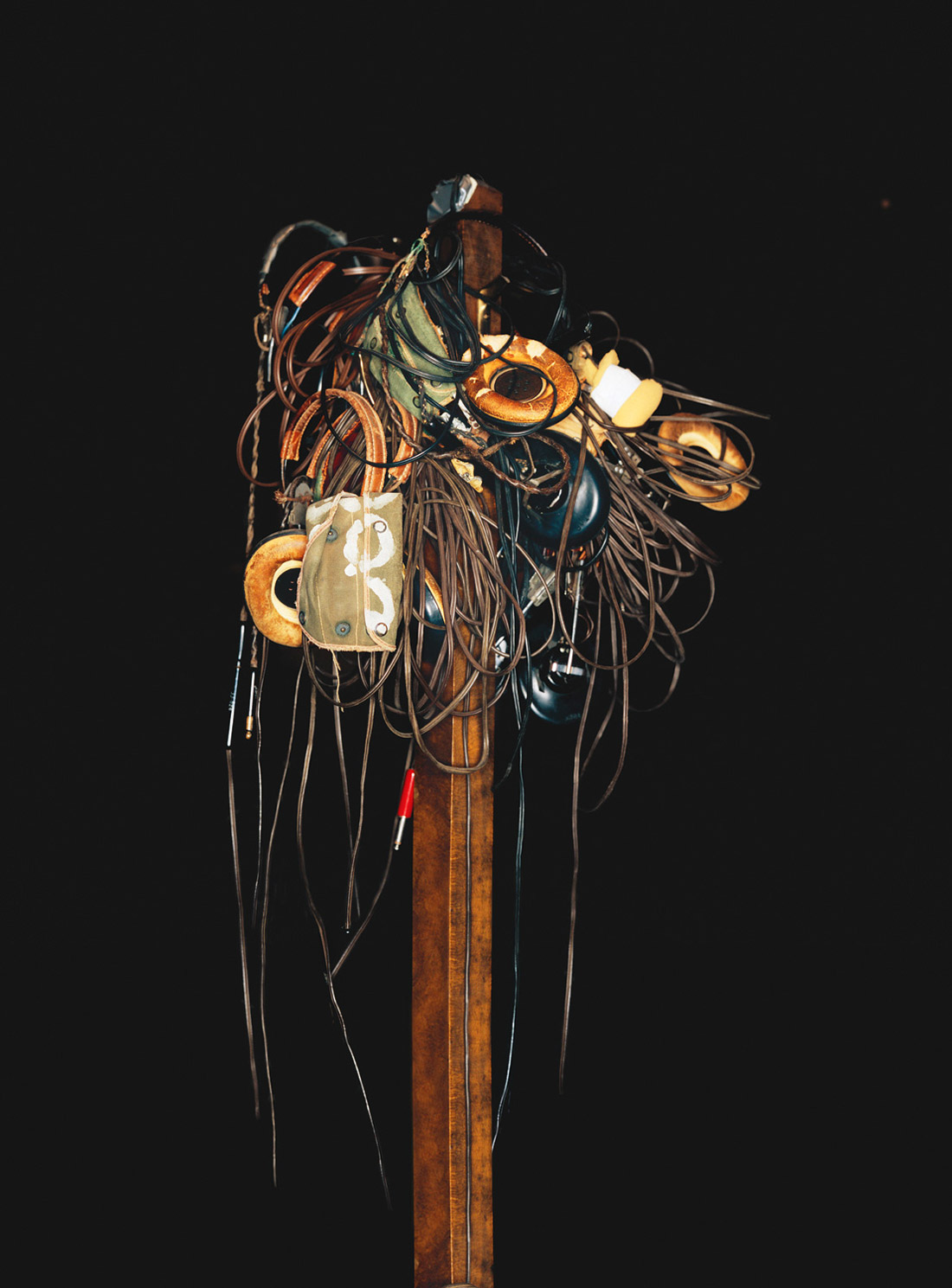Many of us have iPhones, your BFF when it comes to connecting to your tribe. That little dude, along with his bros iPod and iPad, also makes a good and very portable audio test set. There are several pro apps out there, but this time, I'm focusing on one of my particular favorites. Fabien Lefebvre, an iPhone developer based in France, has created the $1.99 SPLnFFT. Useful for both live and studio work, SPLnFFT combines two versions of an SPL meter with a quite fine-grained, real-time spectrum analyzer.
Let's start with the user interface, which is divided into three sections. At the top, a numeric display provides a measurement of dB SPL, or acoustic sound pressure referenced to the threshold of hearing, and is averaged over 1 second. Below that, a central analog display, which emulates a moving-coil meter, provides a faster response averaged over 0.125 seconds. A numeric peak hold is included, as is a "Freeze" mode which stops data display. All readings can be passed through weighting networks, including A, C, and the defunct B weighting. Without weighting, frequency response is limited by your choice of hardware.
The bottom of the user interface is dominated by a real-time frequency versus amplitude spectral graph. The current loudest and next loudest incoming frequency components are highlighted with small circles. Their frequencies and relative power are displayed numerically, with the loudest in red and the second loudest in gray.
You also get fine, red crosshairs in the spectral display, which you can drag around to get a separate, static frequency and amplitude readout. In addition, SPLnFFT has a nice Export feature that drops a copy of the current spectrum into your Photos folder for later perusal. The resulting file is a 1280x670 pixel JPEG. You can also export data to a spreadsheet file.
If you use SPLnFFT for any length of time, you'll eventually see a yellow "CRT" triangle appear at lower left in the analog SPL readout. This indicator pops up when the meter detects either the North American NTSC analog color television subcarrier or the PAL and SECAM color subcarrier used in the rest of the world when old TV was king. You'll be surprised at how much music from the '70s, '80s, and '90s have this high frequency contamination. A bit of judicious filtering does wonders for such recordings.
Two small buttons, labeled "L" and "R", generate white noise, pink noise, or a 1 kHz tone, which are routed to the appropriate output. Obviously, you'll need a microphone to use this product, either internal or external. I use a Klipsch X10i headset in conjunction with my iPod Touch. Although this app is useful right out of the box, calibration is suggested if you want to get down to real tweezing. To help with calibration, a "rotating knob" is parked between the three non-volatile memories and the test signal buttons. For calibration, you'd need to borrow both a calibrated sound meter and a calibrated noise source.
SPLnFFT is comprehensive, easy to use, and even easier on your budget. Check the iTunes App Store for screenshots, and grab your own copy to make work a little easier and to help support indie audio developers. ($1.99 iTunes)
-OMas, www.seneschal.net




_disp_horizontal_bw.jpg)